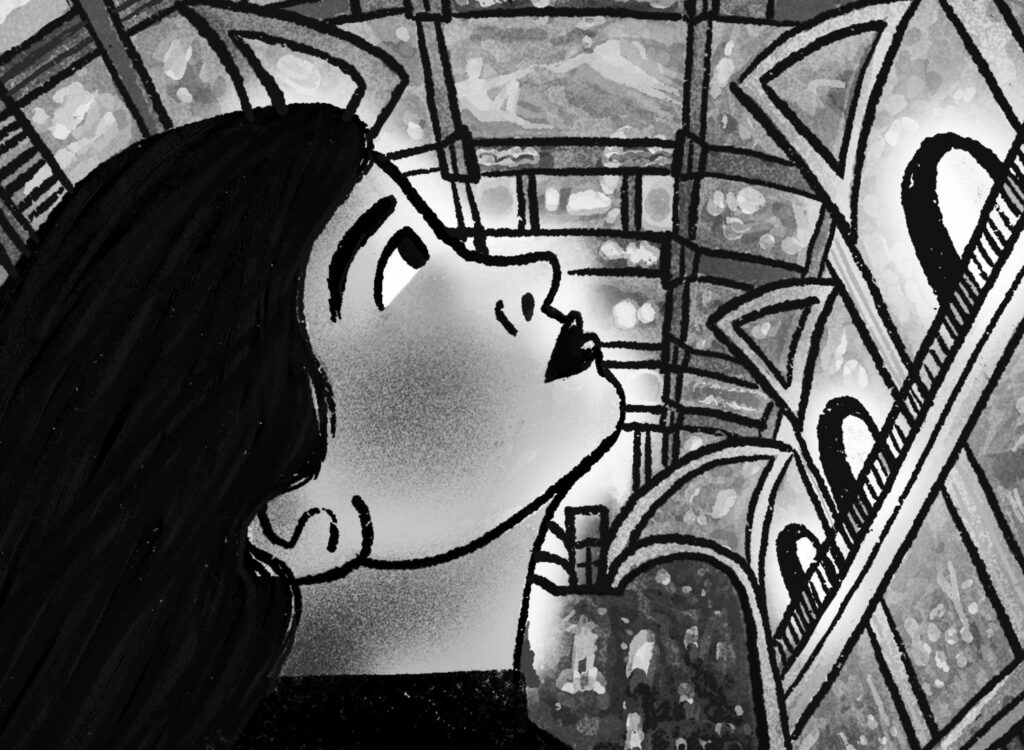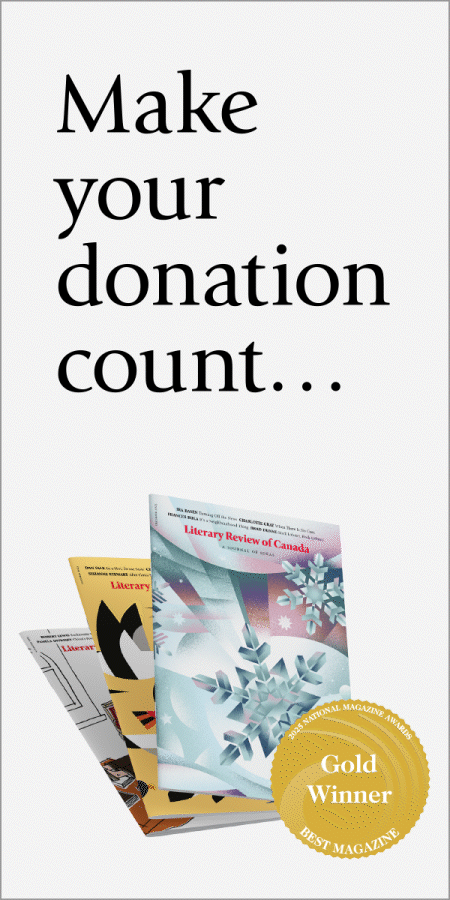A few years ago, depressed by COVID-19 and Donald Trump’s presidency, I called an old friend. He is the most optimistic person I know, and I needed cheering up. Unfortunately, he was as despairing as I was. Everything, we agreed, seemed to be falling apart or becoming fodder for bitter partisan fights.
Was there anything, we wondered, that hadn’t become toxic? Sports? No, not with Trump bashing the NFL and with other leagues taking overt political stances. What about the arts? Maybe they’d escaped our polarized world and might offer us a way of . . . well, getting along. So we considered going to a gallery or listening to some live music, maybe taking in a play. Then we remembered that everything was closed. More gloom.
I thought of that conversation while reading All Things Move, Jeannie Marshall’s small, impressionistic gem of a book about her confrontation (that really is the right word) with Michelangelo’s Sistine Chapel frescoes. Part meditation, part cultural criticism, part therapy, All Things Move captures the complex range of emotions that art can sometimes elicit in us, as well as the questions that may arise as a consequence. “Looking at art can be like reading a poem, in which sound and rhythm play a part as well as the words and their meanings and even how the words look on the page,” Marshall writes. “There is a structural element, there is intention and idea, and then there is the impression, the feelings it evokes. It can feel like remembering something you already know but can’t quite bring to the surface.”
Some readers may recall Marshall from the early years of the National Post, when the paper’s journalists, including Marshall, brought a writerly vitality to Canadian dailies. While some may find the journalistic familiarity that pops up in All Things Move —“criminally soft pasta served atop tables covered in anachronistic checkered cloths”— slightly annoying, I didn’t mind. Even as such clichés gradually disappear and Marshall warms to her theme, they made me want to engage with her and her topic even more.

Seeing a sixteenth-century masterpiece through twenty-first-century eyes.
Sandi Falconer
Marshall’s own engagement with the Sistine Chapel began in earnest in 2020, just as Italy was emerging from its early months-long lockdown. Despite having lived in Rome for a couple of decades by that point, Marshall had mostly avoided visiting the iconic Vatican space, in part because she felt that rushing through when it was packed with the usual crowds cheapened its significance.
After staring at the central panels and studying The Deluge, I left the chapel with a sense of having glimpsed something more elemental than myself. The whole of human history, the idea of civilizations and human beings collectively and individually striving toward something obscure all seemed stirred into the paint and given substance in the mist, the clouds, and the chaos of these images of creation and destruction.
All Things Move is a deeply personal and intriguing response to a masterpiece — not just a surface reaction to pigments beautifully painted on plaster. As such, it is the product of a highly curious mind: the history of Rome, the popes who commissioned the art that graces the city and beyond, the Reformation, and much more is considered in the author’s easy, fluid prose.
That’s not to say that Marshall gives short shrift to the famous walls and ceiling. She is profoundly moved by the sensitivity and beauty of Michelangelo’s storytelling in paint (her emotions are complemented by creative photography from her fellow Canadian Douglas Anthony Cooper). Marshall examines several of the panels, pendentives, lunettes, and spandrels in depth. An excellent chapter on The Last Judgment, which occupies the chapel’s entire altar wall, presents the scene from the Book of Revelation in fascinating detail. She also visits churches and villas both within and outside Rome, providing a sort of travelogue of significant paintings and sculptures that may have influenced Michelangelo’s own interpretation of Biblical characters and themes.
But Marshall also uses the frescoes, especially as seen through the unfolding turbulence of the era in which Michelangelo lived and worked (it too a time of plague), to suggest that art can change us and that it hints at “other ways of knowing.”
Michelangelo worked on the Sistine Chapel twice. He painted the ceiling, an exemplar of the High Renaissance, between 1508 and 1512. He began The Last Judgment nearly twenty-five years later. Between these two commissions, the Protestant Reformation sparked early battles in the European Wars of Religion, which led to the sacking of Rome. Thousands died and tens of thousands became refugees.
In Marshall’s hands, this 500-year-old history feels alive and pertinent. For instance, she considers the intense challenge the Reformation posed to Christian certainties. At a time when Catholicism was the unquestioned institution governing almost every facet of the European world —“as pervasive as air,” Marshall writes — Martin Luther’s heterodoxy came as an extraordinary shock, an existential punch to the gut. As I read her second chapter, in particular, I found myself wondering if contemporary Westerners have not been undergoing our very own crisis of faith in the last several years, questioning whether our institutions have any answers to the pressing questions of the twenty-first century. Are the young, fiery Landsknechte (German mercenaries) who defaced Raphael’s frescoes in the papal apartments really that different from today’s youth who tag banks with anarchist symbols?
Indeed, a sense of anxiety runs through Marshall’s book. Beyond the Reformation and sectarian strife, there are heretics being burned and memories of deportations. There is also the author’s own challenging family history in Ontario, which itself carries distant echoes of the sectarian fights that emerged as Michelangelo was painting these masterworks. At one point, Marshall tells us she makes lists to impose order on her day: “When I write out my chores in the mornings, I imagine I’m making the centre hold, I’m preventing the pieces of myself from flying off in the vortex of an ordinary life.” But neither tidy lists nor the beauty of the art can mask the sometimes ugly and difficult reality of the world.
Looking at these frescoes doesn’t solve my problems, but it does sometimes make me feel that my thoughts and concerns might not be so unlike those of other people. It provides some deepening sense of my own experience in the world and a slight sense that being alive isn’t trivial. It leads me to think that I’m not alone, that I’m puzzling this out along with the people around me and in the way of people who lived a long time before me.
Maybe my friend and I were right after all. Maybe art can still connect us.
Given the devotional purpose of the Sistine Chapel, religion features prominently in All Things Move, and at times I worried that Marshall was creeping up on spirituality. I needn’t have been concerned. A self-described atheist from a complicated Christian background, which clearly adds to her interaction with the art, Marshall doesn’t believe organized religion has the answers to the questions she is asking. In fact, she admits to feeling “a twinge of unexamined hostility” toward the Biblical stories depicted in the Sistine Chapel and describes the “rage” she sometimes feels in the Vatican, because of the associations the place provokes. She admires the Renaissance Church’s openness to ideas from other places and other periods, but she is also quick to point out that such broad-mindedness didn’t last.
Ultimately, All Things Move is a thoroughly modern book. It concedes the value of the singular narrative that inspired Michelangelo without bemoaning our age of competing truths — of no singular truth. It is a book that hints at important realities without spelling them out. It doesn’t have to, because the art helps us do that for ourselves.
Dan Dunsky was executive producer of The Agenda with Steve Paikin, from 2006 to 2015, and is the founder of Dunsky Insight.

